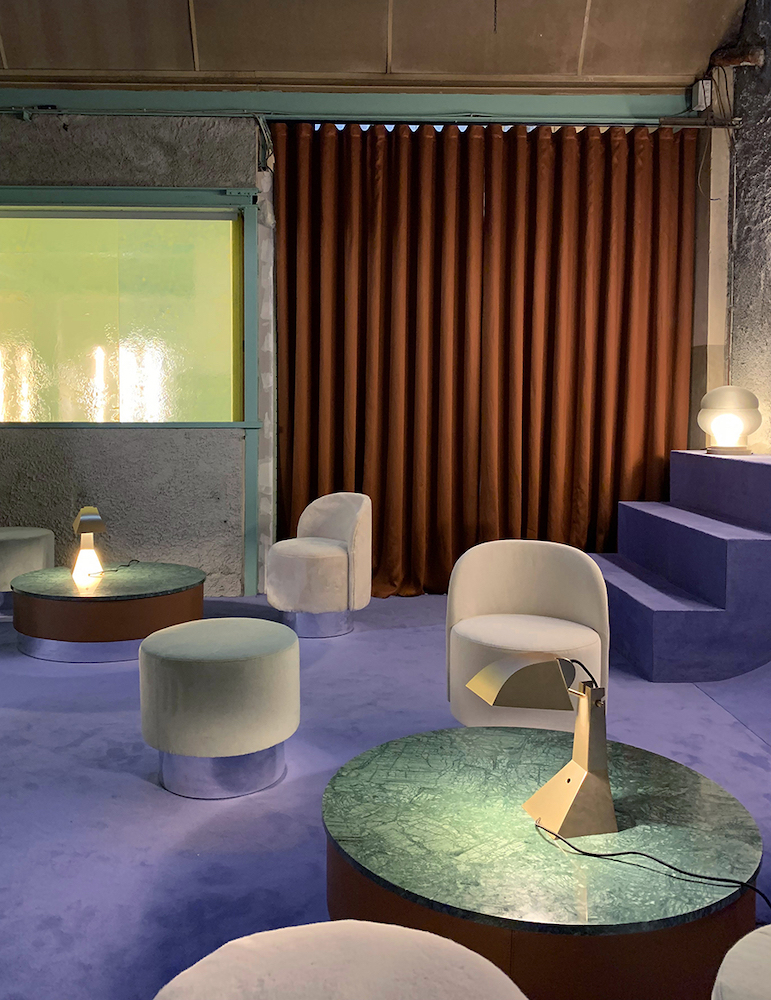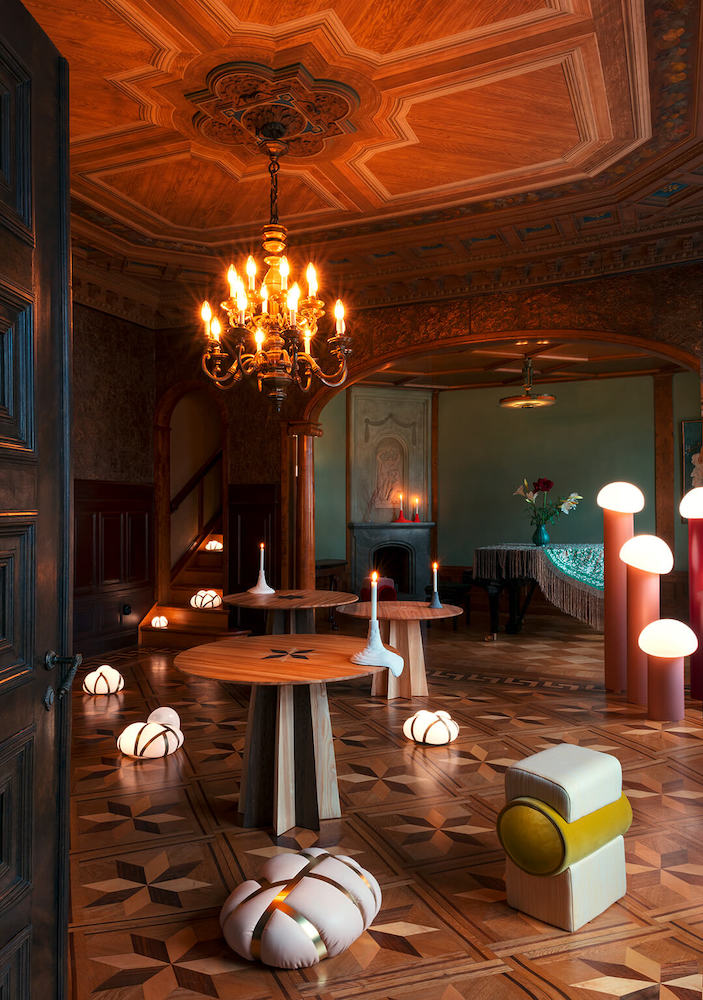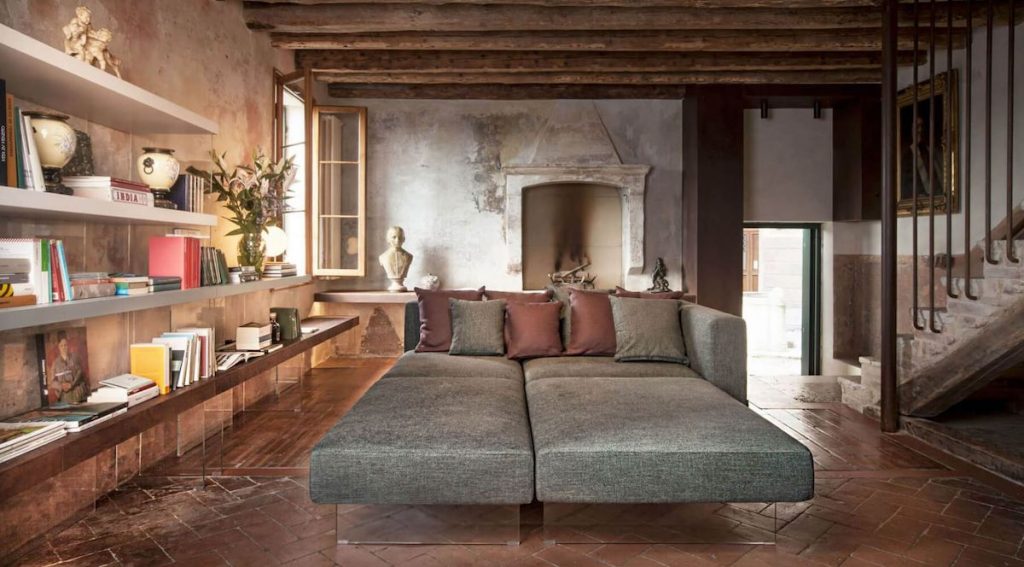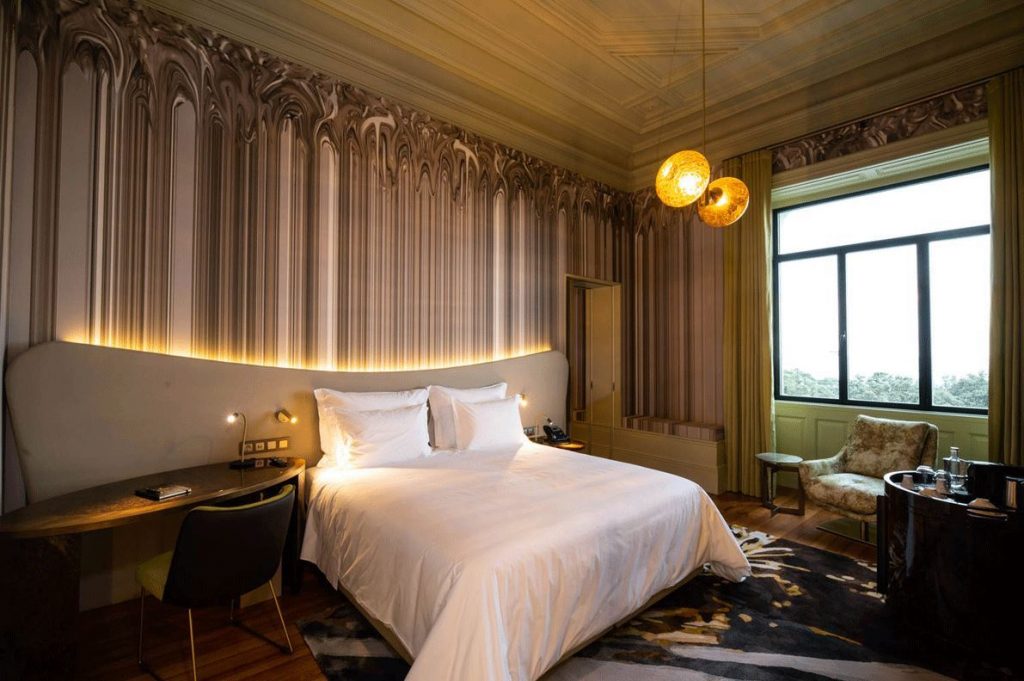

Bisgaard, whose background is in business and psychology, delivers presentations that focus more on business process than Pantone numbers.
“There are so many innovations, and so much technology being developed that are maturing in the world, and those are coming to a bigger group of people and going more mainstream, that I think will place us in a different and more positive place than we are right now,” she says.
“Global political turmoil; you feel it every day. And we’re seeing it play out in the open so much right now. And that has had an effect on markets and economies and societies and also on attitudes towards the future, that has created stagnation and even, in some markets, recession signs.”
“But on a more positive side, we’re also seeing the Tokyo Olympics coming through, we’re going to see a lot of new digital technology, a lot of technologies coming through making it the most digital and most technology focused Olympics that we’ve ever had.
“Something that also is continuing to create new geopolitical alliances is the China Belt and Road Initiative and that is something that is evolving throughout the Asian region.”
Climate change and how companies and governments are going to address this issue will also play heavily this decade.
“In Denmark, where I come from, a new government has formed, and it has already made a law that by 2030, the Danish carbon emissions need to be reduced by 70 per cent.”
“So that’s going to affect how businesses can run their businesses, it’s going to affect how we can produce products, it’s going to affect a lot of things, and that is by law.”
“It’s not just a positive choice anymore, it is something that we are all going to have to do what we’re going to see more of that in the time to come, which is completely and very interesting and perfect.”
Bisgaard says that whilst the focus in recent years has been on the conscious consumer, there is another group that is becoming more important, the one who prefers to be worry free.
“We still have a big volume of this consumer attitude that is out there, the ones that have had enough of all this information, all this climate bad consciousness, that they are only turning to one survival skill, which is just to say ‘I can’t deal with it anymore’.”
“One of the first big signals of this is that we’re seeing it in fashion, where we’re seeing a re-emergence of the metrosexual man again.”
Heritage is also a form of escapism; customers harping back to different, simpler times.
“What we long for needs to be much more comfort, needs to be calming, needs to be the universe and environment, that soothes us and doesn’t disturb us.”
“We are going to be 8.5 billion people in 2030, which of course, creates more people and also creates more volume within that middle sector.”
“We are now at the beginning of the Asian century, the Asian continent and the region is going to surpass the rest of the world in terms of GNP and also power purchase from the consumers point of view.”
“That is also going to make a major power shift, that is also going to create some, hopefully not too much turbulence, but it’s definitely going to shift how the world economy is looking and also how the rest of us are looking at the world.
THE ATELIER
Bisgaard has been focusing on two major interior trends for 2021. The first, The Atelier, is closely linked to the current climate of instability, while drawing on the idea of a craft movement.
“It’s rather an eclectic trend, putting together both the decadent and everyday optics. So the very decadent with a little bit of vintage everyday objects.”
“It’s also putting together dry flowers with fresh flowers. We’ve been seeing very big confirmation of the dry trends, due to droughts around the world. And this trend elaborates on that and continues that, but it puts things together also with both the fresh and the dry.”
“Textiles will have an artistic approach, almost like an abstract painting, nothing that is standard and nothing that is put in a box, but has the creative freedom that we are looking for.”
Bisgaard pointed to the work of Studio Pepe at Milan Design week.
“We’re seeing the colours coming together, we are seeing textiles used as paintings on the wall, we’re seeing that we’re matching things that are really applying textiles on top of each other.”
HOME AND HERITAGE
The second trend Bisgaard presented was Home and Heritage with the themes of nostalgia, looking back and escapism that offer comfort and security, “by going backwards, to different decades, but also maybe a little bit more present, creating that homey heritage feel that we’re looking for.”
“In decor, we really want to exhibit our history, we want to expand our heritage and we want to do it in [both] a more old-fashioned way but in a more modern context.”
Bisgaard pointed to design studios like Farg & Blanche from Stockholm who were designing modern pieces, but styling them in a context that is super focused on heritage.

“The way Farg & Blanche are showing their pieces shows us that there is an importance and a very in line focus right now on heritage and culture that we want to preserve, provide and it gives us that comfort that we are looking for in this unstable world.”
“Another project by Largo Canonica di Santa has a homey country feel and fits into this trend of home and heritage. It has that heritage vibe and that Roman approach to interior design, that is pulling on the elements that we want to highlight.”

“Finally we see a bit more of a modern look at the Vila Foz Hotel with a great home and heritage feel to it. We can see the wallpapers already have an inspiration from Roman antique styling, but it’s been digitalised and marbleised a little bit to give it a more modern touch.”
